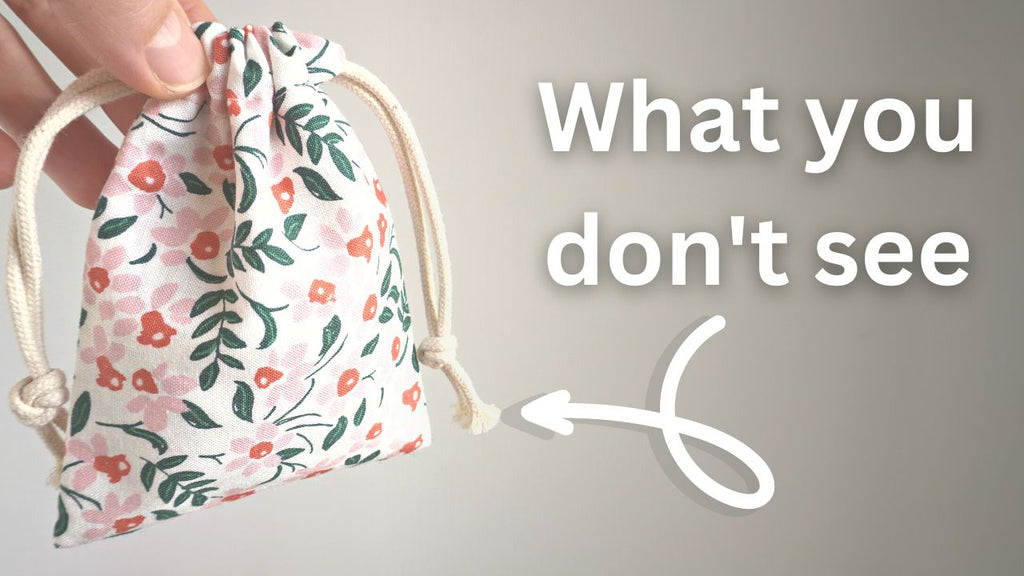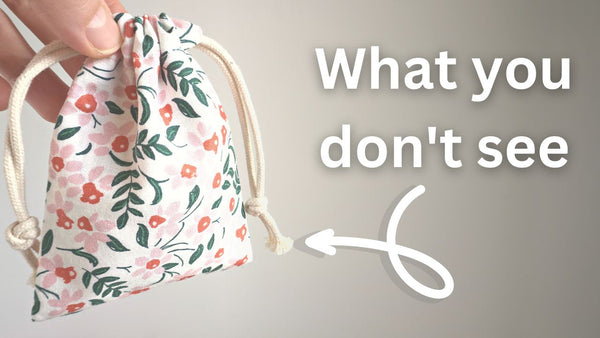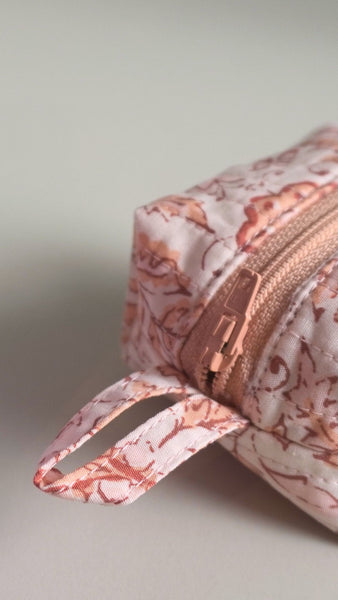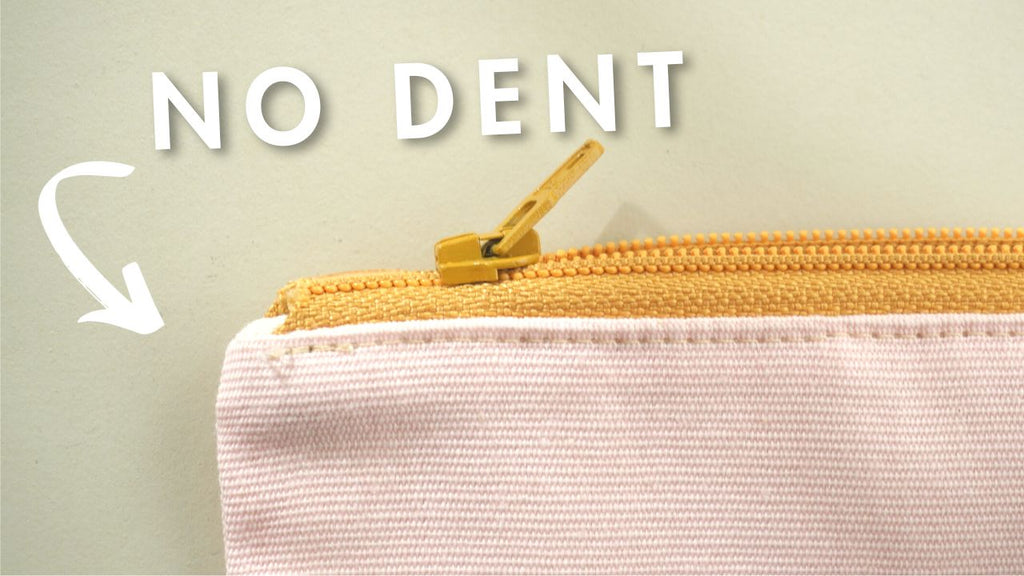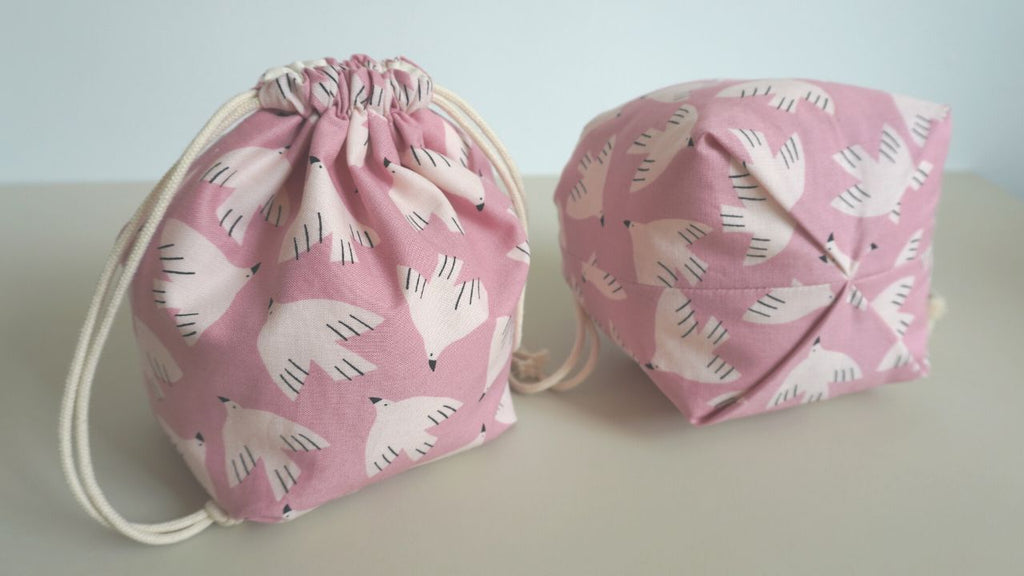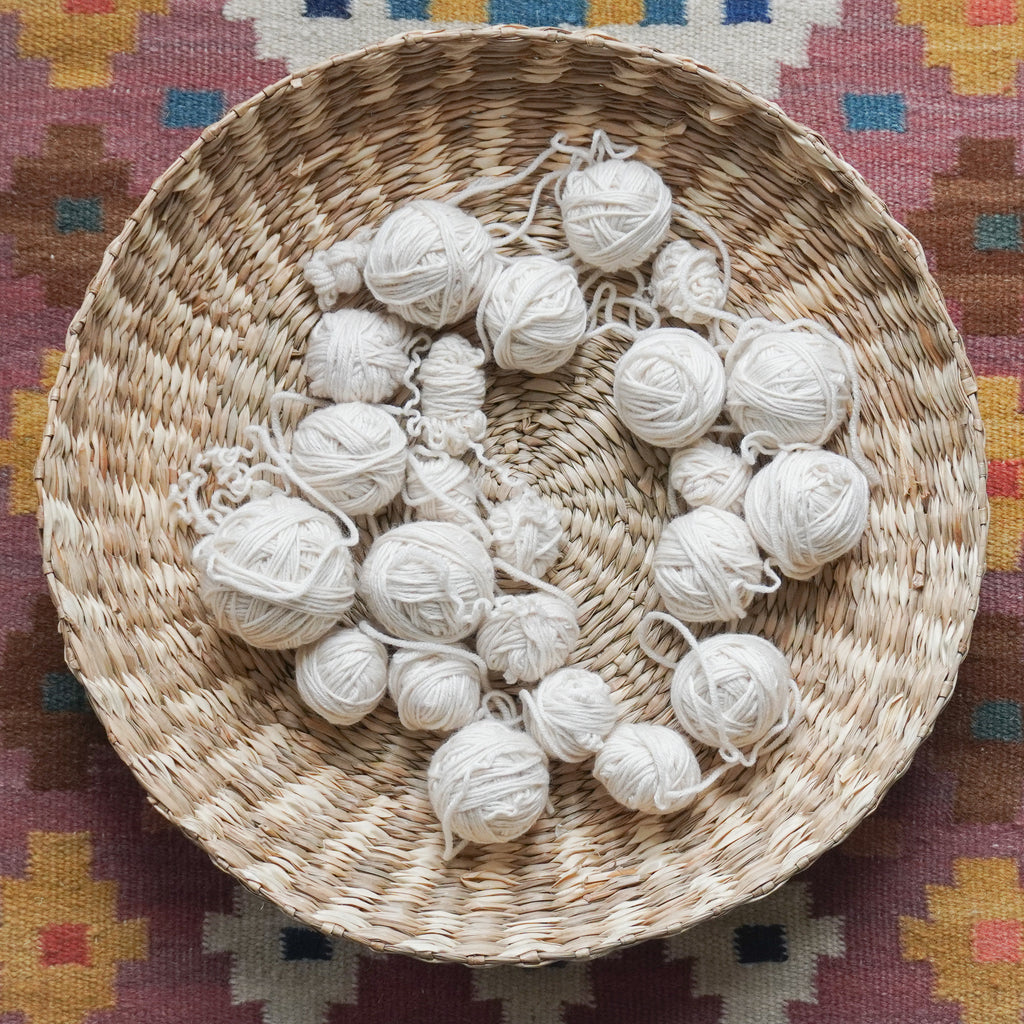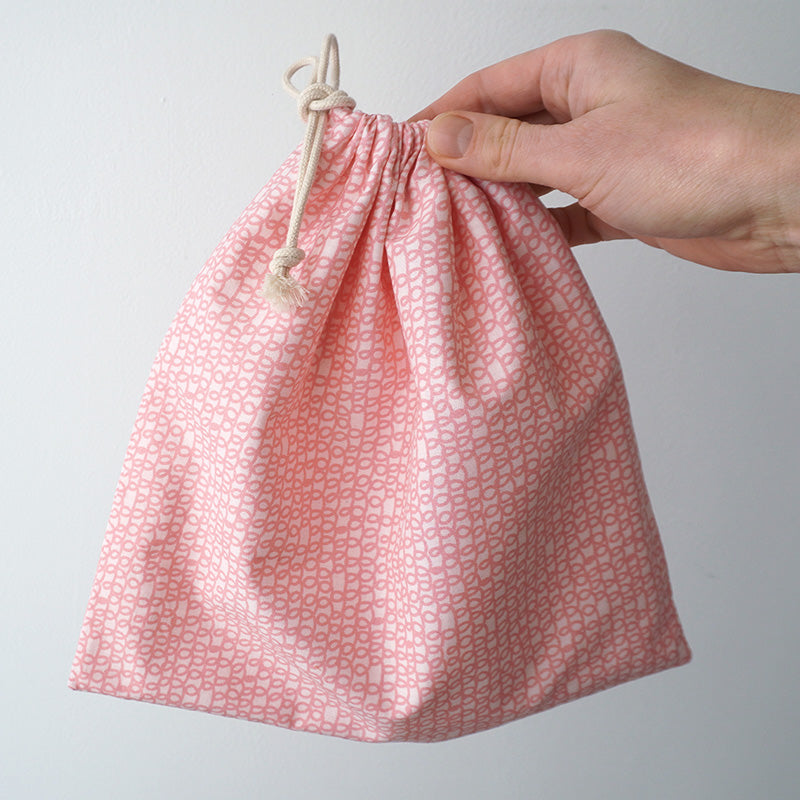Make Your Own Folded Square Fabric Coasters: A Simple Sewing Project

Looking for a quick and practical sewing project? These folded square fabric coasters are perfect for beginners and experienced sewers alike. In just a short time, you can create a beautiful set of coasters that protect your surfaces in style.
Continue reading






